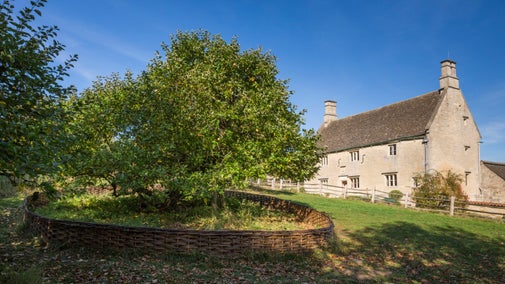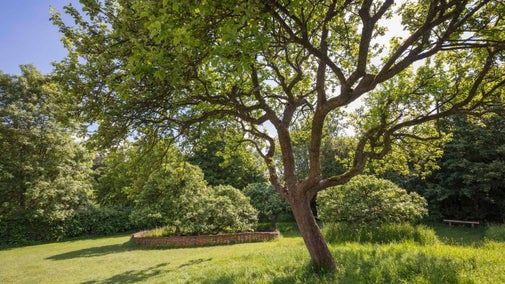
Donate
Everyone needs nature, now more than ever. Donate today and you could help people and nature to thrive at the places we care for.
Isaac Newton changed the world here
Water Lane, Woolsthorpe by Colsterworth, Grantham, Lincolnshire, NG33 5PD

Discover how you can best access Woolsthorpe Manor. Read on for more information on accessibility for those with disabilities or additional access needs.

It was at Woolsthorpe that Newton took his first steps into a lifetime of experimentation and discovery. Find out more about our school offer and engage curious young minds in science.

We love dogs at Woolsthorpe but unfortunately due to the unique environment of our historic orchard we can only allow them into the courtyard.

Visit the place where Isaac Newton changed the world. If you're planning a visit to Woolsthorpe Manor, read this article to find out everything you need to know.

Take a look at the map of Woolsthorpe Manor to help plan your visit.

Everyone needs nature, now more than ever. Donate today and you could help people and nature to thrive at the places we care for.